How to Plant Wildflower Seeds
We all love the beauty of a wildflower meadow and so do all the pollinators. But when is the best time to plant and how do you prepare your planting area? The answer is, it depends on your location or climate and the growing conditions. Spring, summer and fall are all good times to plant and grow wildflowers but the absolute best time will depend on the winter temperatures and water availability. Watch our video on Planting Wildflowers for step-by-step methods for planting.
Planting Time in Mild-Winter Areas
If you live in an area with minimal or no winter frosts (parts of California, Florida, southern Texas or parts of the South West) you can grow wildflowers any time, however, the hottest time of the year is not recommended. It is best to take advantage of the rains and plant in the late fall when the rain begins. Seeds may need to be stratified before planting if not exposed to any freezing temperatures.
Planting Time in Cold-Zones
If you live in snow zones or areas with bitter-cold winters, you can wait and plant in the spring or plant in fall. The advantage of planting in the fall is you will see those blooms earlier than if spring planted. If Fall planting wait until after a good hard frost. The seeds will not sprout until the spring when the soil has warmed up enough for germination. 
Site Preparation for Fall or Spring Planting
Wildflowers will not do well if they have to compete with weeds. You should clean up the planting area of debris and weeds. If your ground is dry, water to encourage sprouting of weed seeds. Once they have sprouted you can lay down newspaper, weed fabric to block out the sun and kill the weed seedlings, or use a hand weeder. This process can be done a couple of times to get rid of all the weed seeds.
Site Selection and Soil Amendments
Unless specifically buying a shade-loving mix, annual or perennial wildflowers like full sun. But they don't like soggy, wet feet, so a good draining location is a must. The area should be cleared of unwanted vegetation and rake out any big rocks. If the area is clear, rake or disturb the soil so the wildflower seeds will have good soil contact. Working in some good organic compost will help with holding moisture in the soil and give the seeds a little cover. No need to dump a bunch of fertilizers in. Wildflowers will do just fine with most native soils. If you want to supplement the soil, add a fertilizer that is low in nitrogen and formulated for flowers (more phosphorus and potassium). Make sure the fertilizer is worked into the soil before you seed the area.
Successful Sowing for Wildflower Seeds
Many wildflower seeds are very small so it is best to mix with an inert material like sand (not sea sand) or vermiculite in a 1:10 ratio. Split your seeds in half, mix with the inert material and sow your area. Mix the other half and resow the area. Do not rake in the seeds. Simply walk on the area, use a lawn roller or a piece of plywood to press the seeds into the soil. If spring sowing, make sure the seeds receive adequate water for good germination. Give your pollinators a good food source and enjoy the long lasting blooms in your garden or backyard.

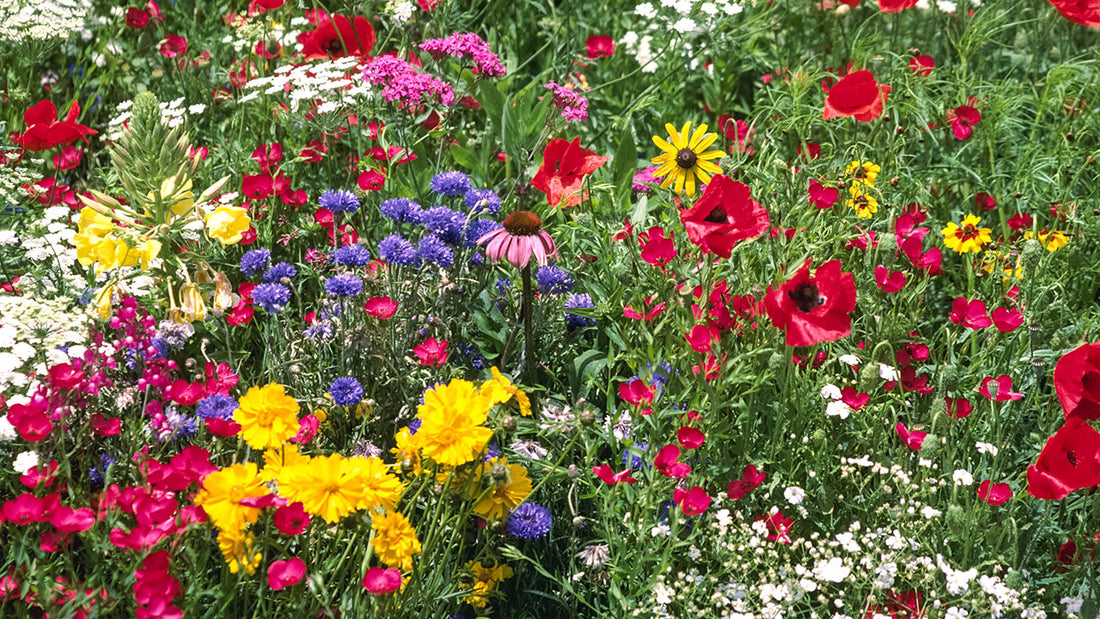
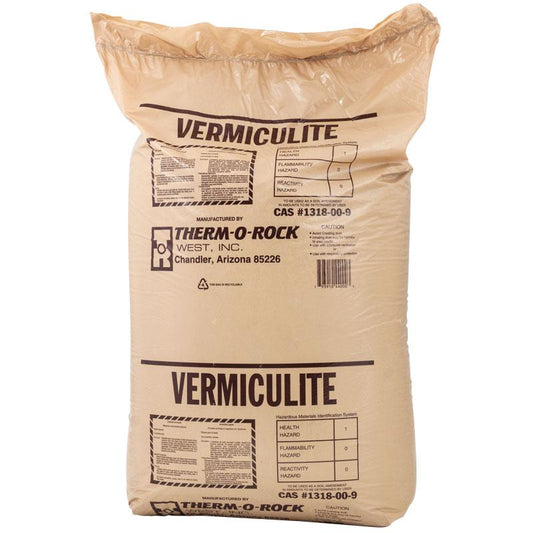
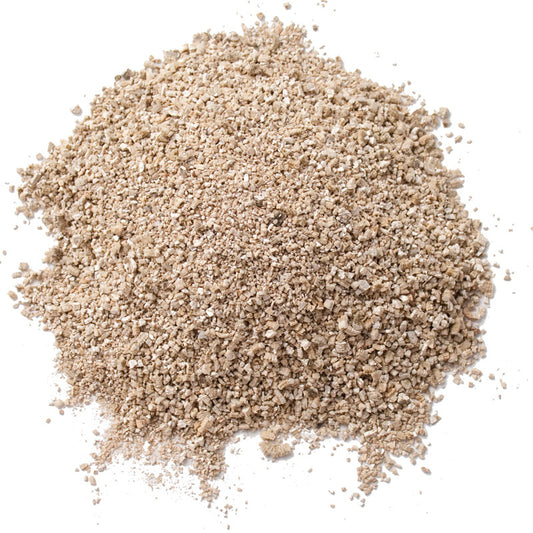
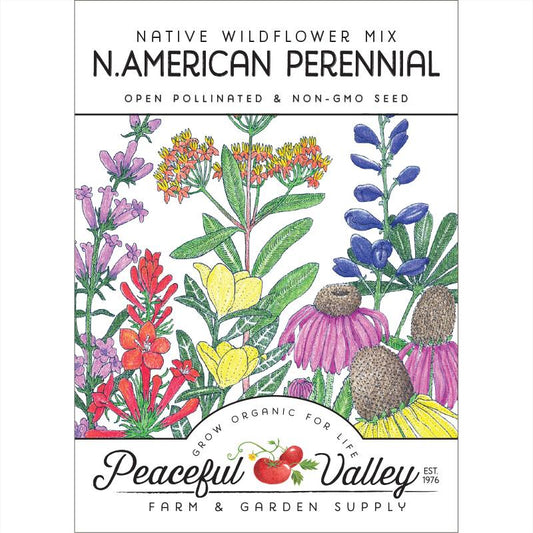
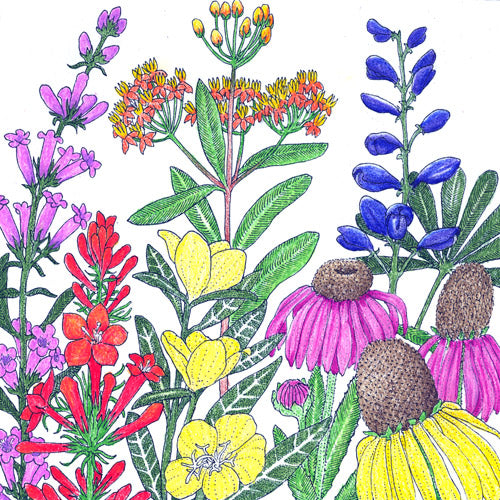
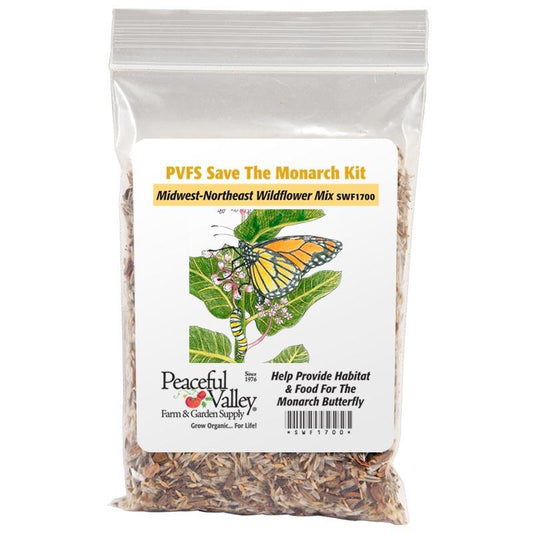
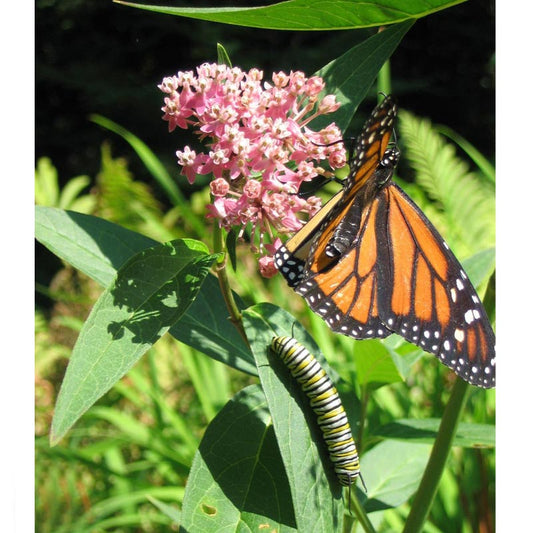
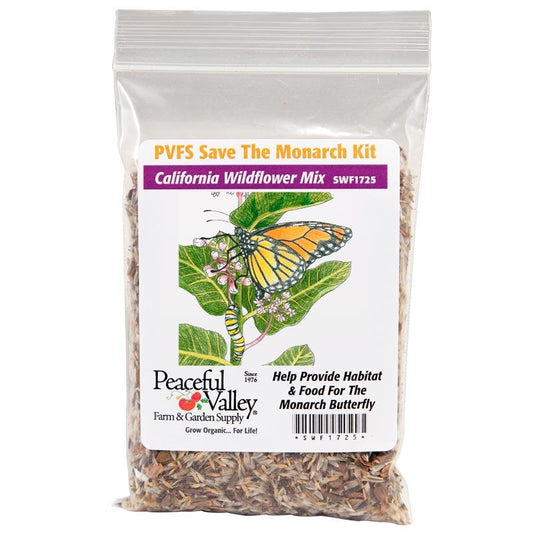
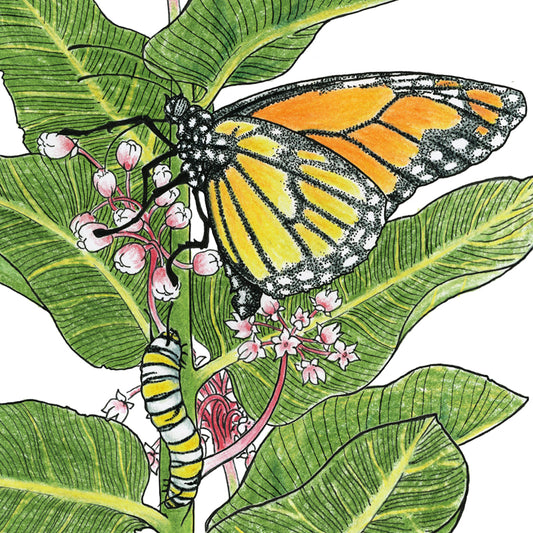
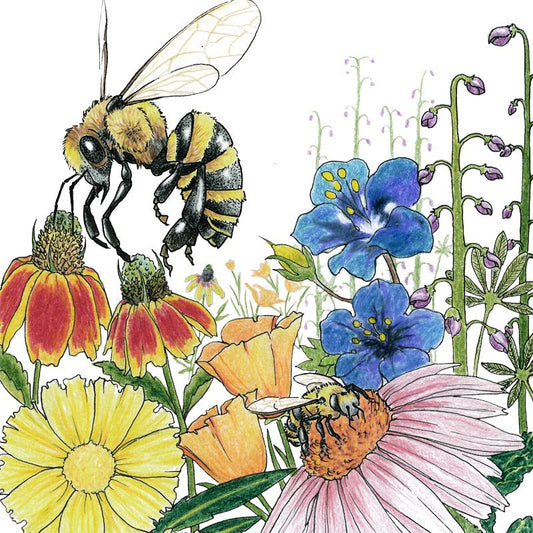
5 comments
Spring of 2020 we started our garden in May and it turned out well. I used a hose and watered daily for about 5 weeks to get it going. In late fall I planted more annuals and perennials about two days before the first snow, we live in New Hampshire. The Lupines are already going strong!
I have in Pennsylvania in the Bucks County Area .
If you have a problem with birds digging up your seeds .
It’s good to
In a separate area throw bird seed .
So you still are doing some good . For the natural wild life .
Of course with seeds .
Sometimes planting in a well tilled area .
And using the
Throw method .
…..
Just as nature normally does it own seed planting
…..
Also I usually wait two to three days and re-seed. And yes water immediately. Causing the seeds to set in the ground .
It’s kinda funny how people do not like squirrels.
EVERY ONE has to eat.
Remember that you are planting a garden for nature. Birds and the bees and yes other bugs.
I find myself sowing seeds in the early spring time . Here late April..
Because of the weather we still get cold nights
Enjoy your self planting and yes you can make any area look awesome
Thank you for your information.
Sincerely Gregg
I too live in an area filled with birds and my attempts at sowing seeds met with limited results. Now, I cover any bed(and almost anything I plant until it sprouts) with chicken wire and weigh down the ends with small-medium rocks. The chipmunks and squirrels are the biggest nuisance as they constantly dig in any fresh dirt they encounter. The wire works really well, though I once caught a chipmunk underneath. He’s able to dig through the wire a bit, but I figure he’s due his share. I first used chicken wire to bury bulbs and it worked liked a charm.
On Mt. Palomar San Diego, Ca. rain conditions vary greatly, year to year. Best success with wild flowers is to use a 3 prong cultivator to rake in the seeds. Long 5 foot handle." Any time of the year. Let Mother Nature germinate in her own time. Place seed in a container such as a salt shaker. Shake the seed out at a good pace within a 20 foot square, that rake in, re-rake over with the backside of a regular rake. Do another 20 foot square. Than, “See the lilies in the fields, they toil not.”
I live in an area full of birds of many kinds, so unless I apply a light covering to the seeds, they are gone almost immediately. After spreading the seeds, I cover with a thin application of a bagged organic mulch, then water. I have great success with this for several years.